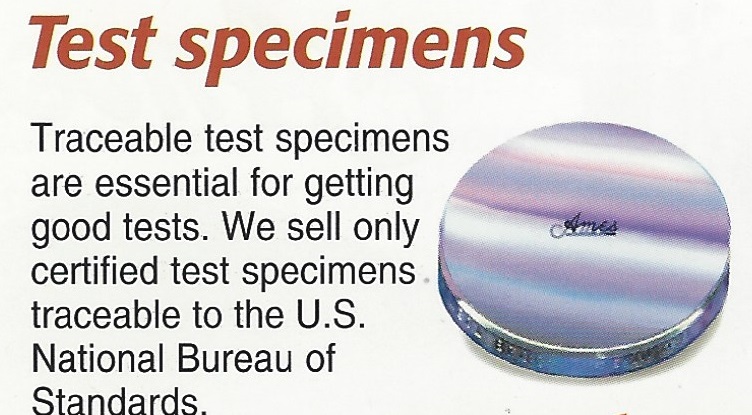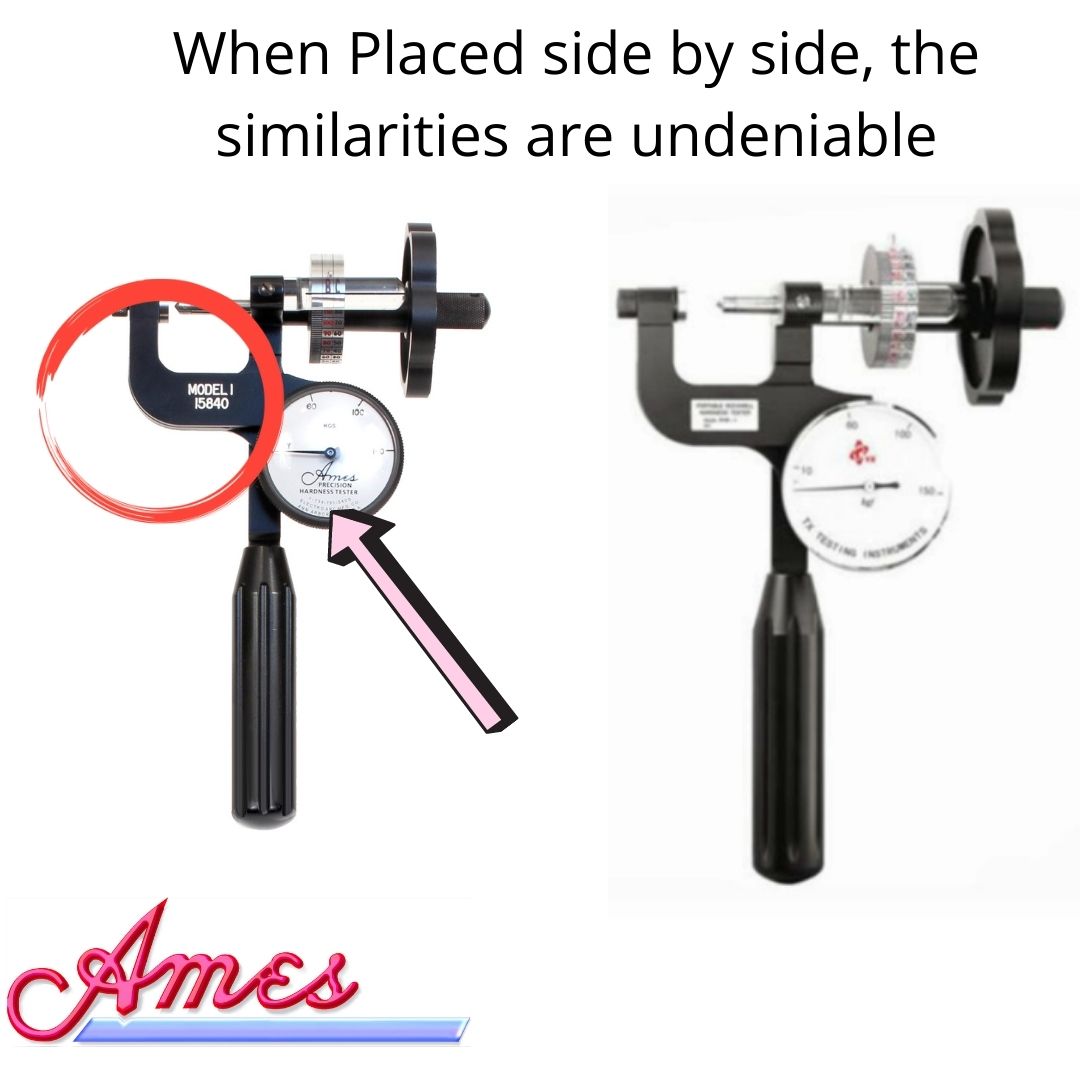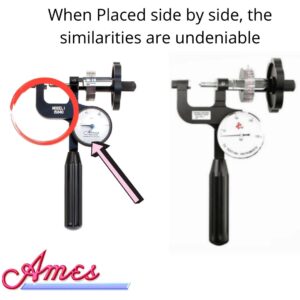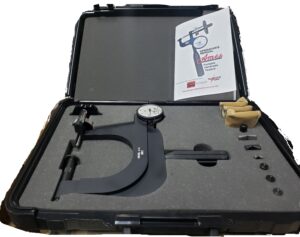Get an Accurate Reading With Ames Rockwell Hardness Test Blocks
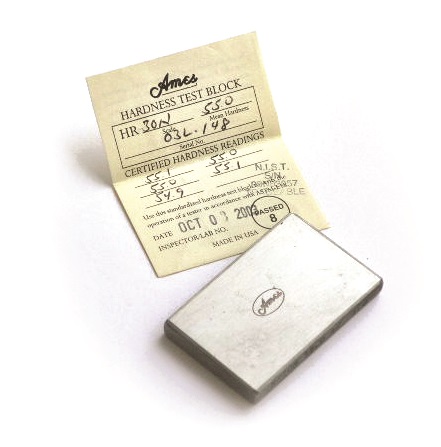
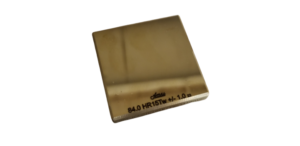 To ensure your Rockwell metal hardness tester is performing at it’s highest efficiency you should perform accuracy checks regularly.
To ensure your Rockwell metal hardness tester is performing at it’s highest efficiency you should perform accuracy checks regularly.
You can purchase standard or superficial test blocks in:
-
Brass
-
Hard Steel
-
Soft Steel
You can also request a specially calibrated test block. Ames offers the best quality hardness test block selection. Every Ames test block comes with a certificate of calibration.
Our test blocks are manufactured to meet the highest standards including automotive and aerospace standards. When you Match specific blocks to a specific penetrator, a set relationship is established, and they can be eliminated as potential variables in the hardness test system. When an issue comes up our blocks help you quickly and accurately determine whether your Rockwell hardness tester is the source. Each block has been calibrated on a tester whose accuracy has been verified using ASTM and N.I.S.T. traceable load and depth measuring devices. The individual test blocks are marked with their own unique serial number. More information available upon request.
